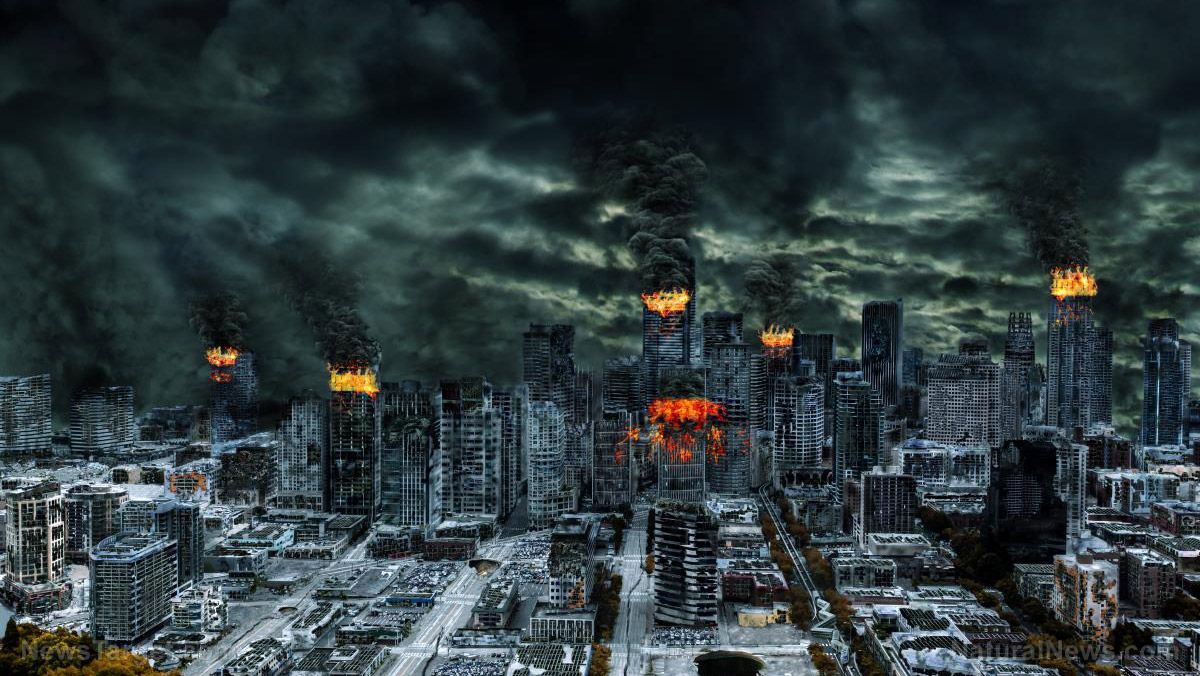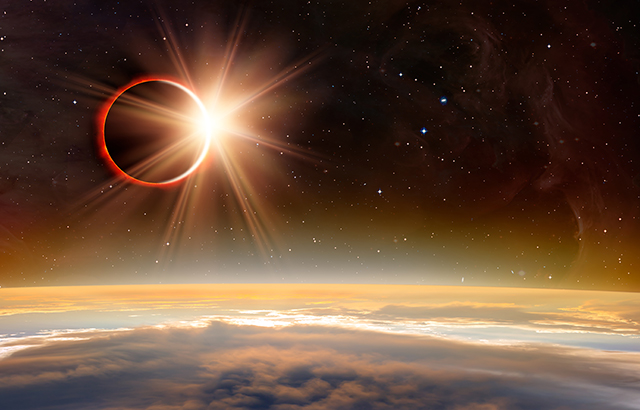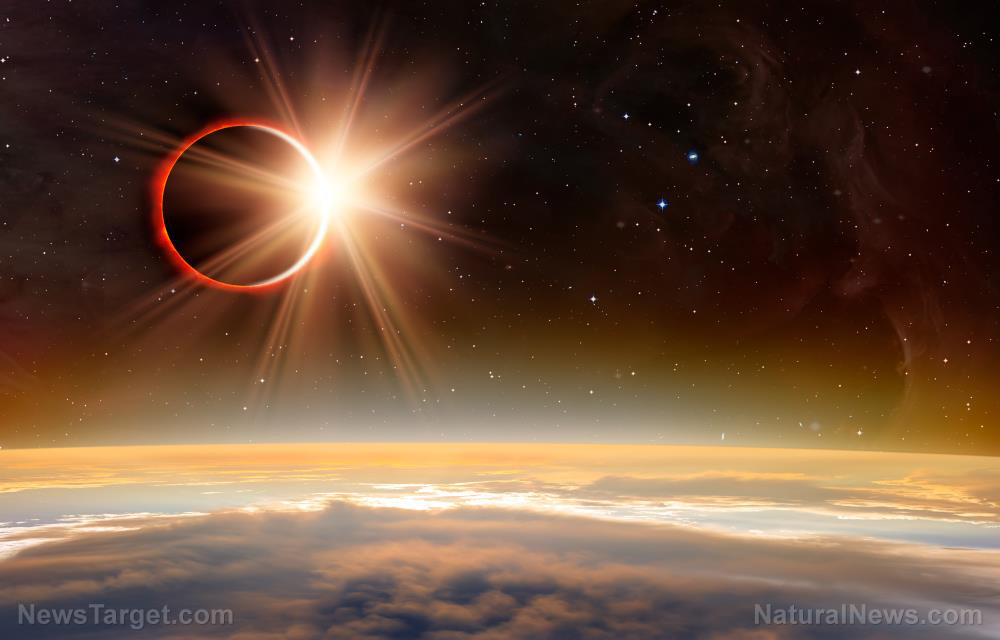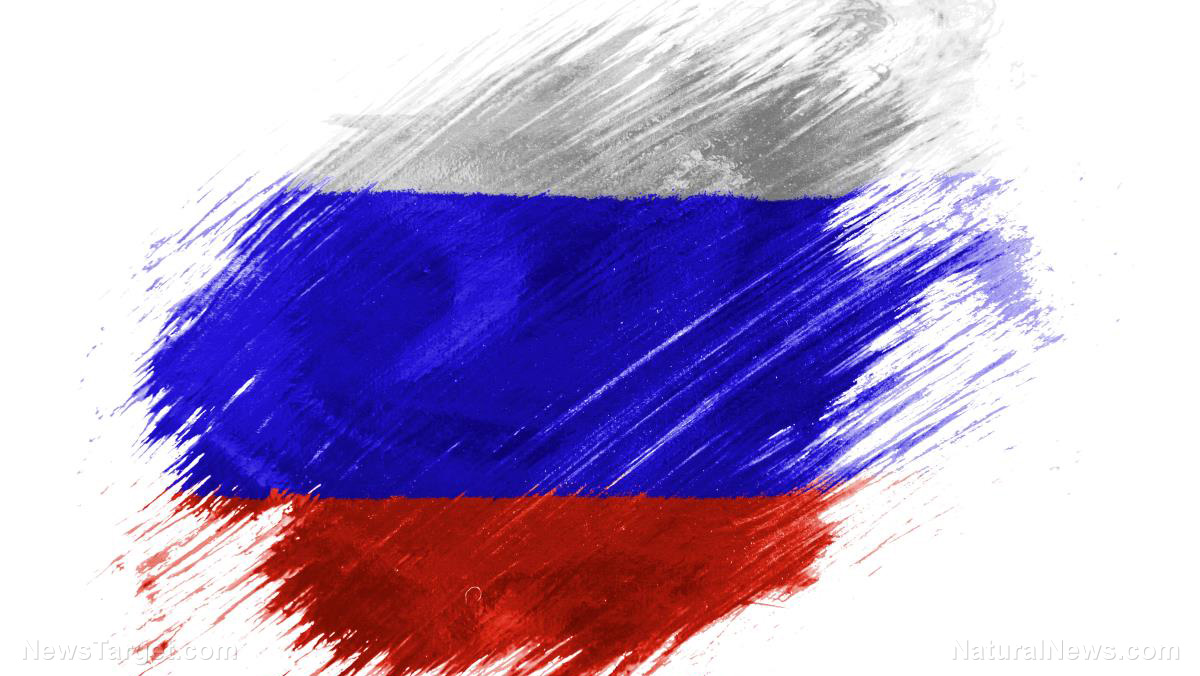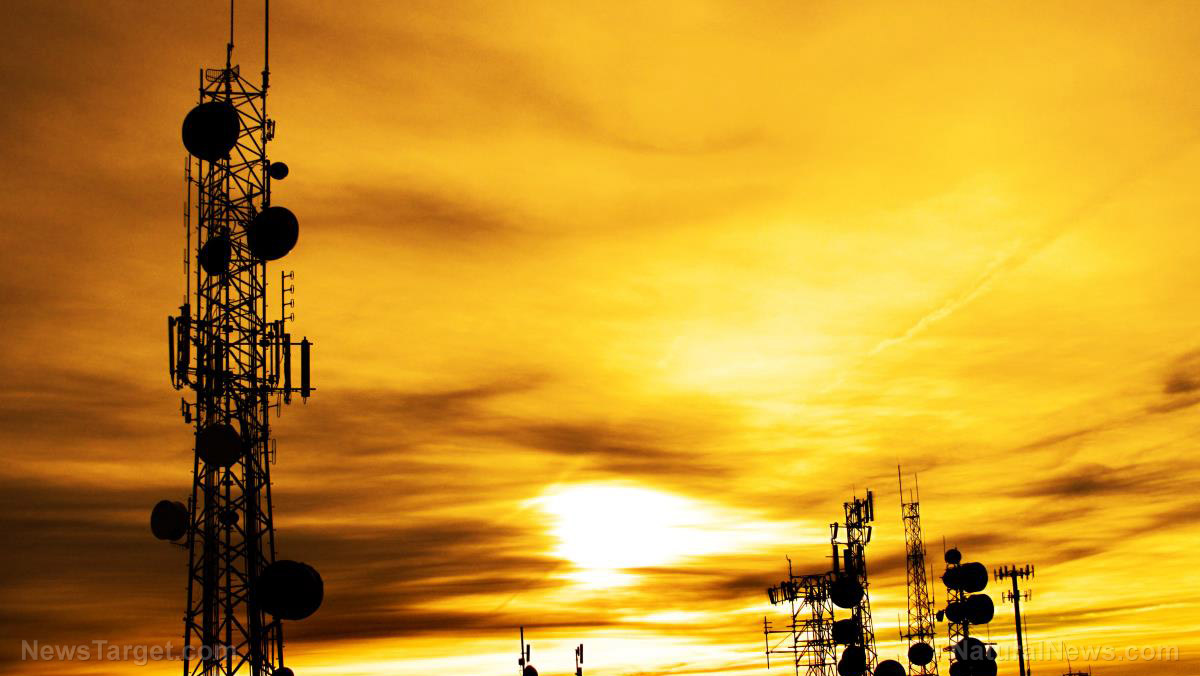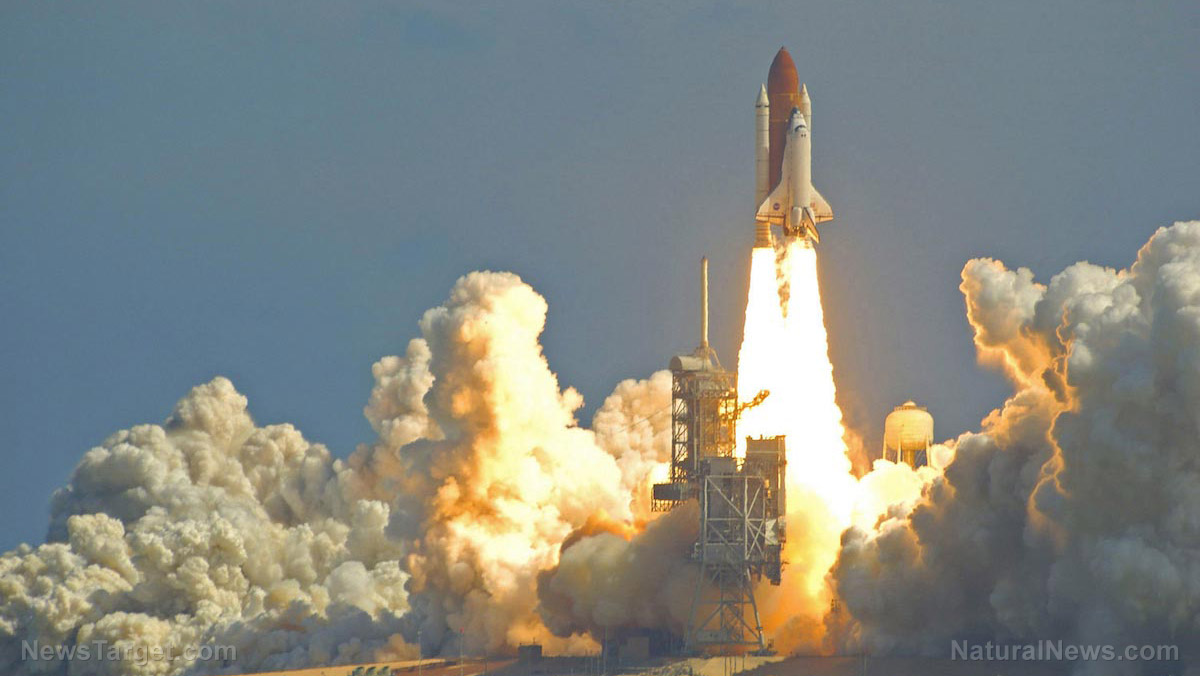Mysterious radiation leak forces city in Russian Far East to declare state of emergency
04/09/2024 / By Richard Brown
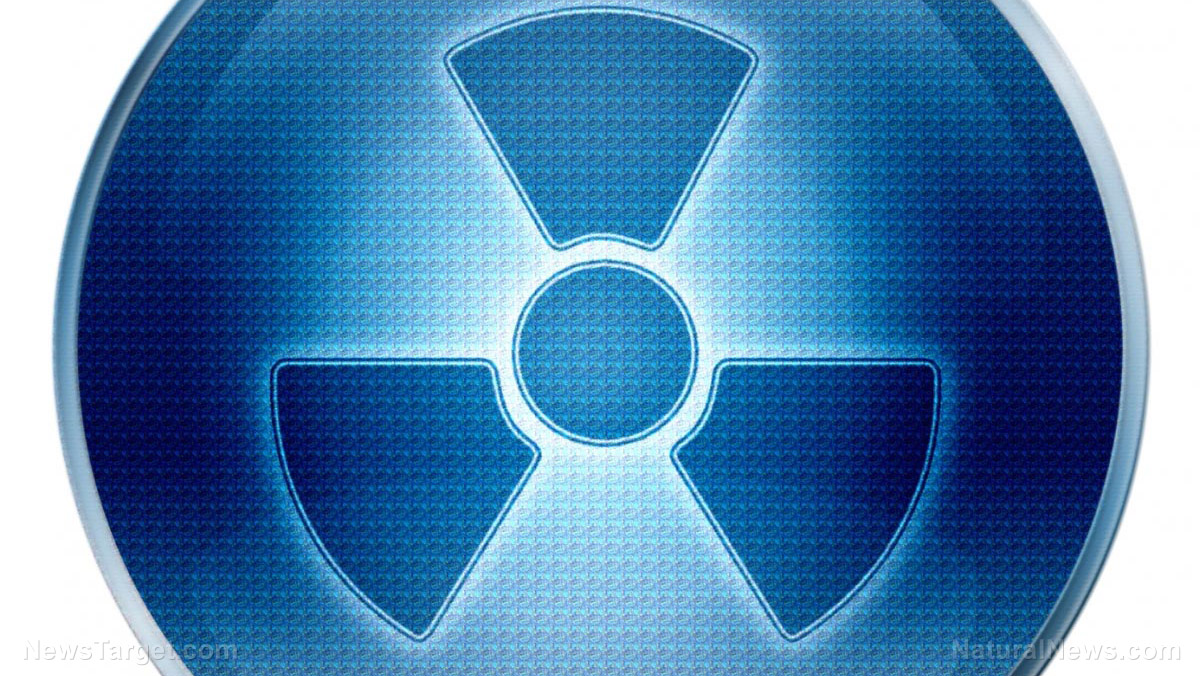
A city in the Russian Far East has declared a state of emergency following a mysterious radiation leak.
Reports are coming out indicating very elevated radiation levels near a pylon just 1.5 miles away from the Russian Far Eastern city of Khabarovsk, a city that is less than 20 miles from the border with the northeastern Chinese province of Heilongjiang.
Following the discovery, authorities swiftly cordoned off the contaminated area on Friday, April 5. Officials have yet to disclose the potentially perilous origins of the radiation.
Andrey Kolchin, the head of Civil Defense in the city, remarked: “A source of heightened radiation levels was detected … prompting the area’s cordon. To expedite necessary actions, a state of emergency was declared in Khabarovsk.”
The state of emergency will persist for several more days as authorities continue to monitor radiation levels and investigate the root cause. However, it appears that local officials took approximately a week to respond to initial reports of the leak.
Allegedly, a local youth notified city authorities of the elevated radiation levels on March 28, but officials would not respond with the declaration of a state of emergency until over a week later on April 5.
Furthermore, footage has surfaced online depicting an individual donning nuclear protective gear and using a radiation detector.
As he traversed what was described as a “waste dump,” the detector swiftly signaled an alarm at 0.45 microsieverts, with the highest reading displayed as 5.99.
Despite this, the individual claimed a reading of 20, which could potentially elevate cancer risks, harm DNA, affect fetuses and endanger children’s health.
According to Rospotrebnadzor, Russia’s main consumer safety watchdog, no injuries or radiation exposure incidents have occurred thus far and “there is no danger to citizens’ health.”
A representative from a Russian nuclear agency echoed Rospotrebnadzor’s statement, claiming: “The radiation source was safely contained, transported to a radioactive waste storage facility, with no environmental contamination or threat to the public.”
Concerns raised over ecological effects of radioactive leaks
In any socioecological system, human intervention can profoundly impact numerous variables, components and processes. Radiation leakage and nuclear explosions can inflict severe harm on both natural and anthropogenic systems, exacerbating the inherent uncertainty and unpredictability within these systems.
The ecological ramifications of a nuclear explosion extend far beyond its immediate vicinity. These explosions can unleash massive radiation releases, carrying millions of curies of strontium, cesium, plutonium and carbon, causing enduring consequences that disrupt ecosystem structure and function, leading to local extinctions and posing grave threats to life on Earth.
The direct physical effects of a nuclear bomb detonation, including species mortalities, mutations and reproductive impairments reverberate across all life forms, profoundly altering ecological dynamics.
Abiotic elements and nutrient cycles suffer radiation contamination, triggering cascading impacts on terrestrial and marine ecosystems. Radioactive particles propelled by atmospheric dynamics and water currents can disseminate contamination over vast distances, persisting for centuries or even millennia.
While much attention rightly focuses on the tragic human toll and geopolitical ramifications of conflicts like the ongoing Russian-Ukrainian conflict, the collateral damage to ecosystem services often goes overlooked.
Urgent recognition is needed regarding the immediate ecological effects of warfare, including air quality deterioration, biodiversity loss from deforestation and wildfires, habitat destruction and impacts on water resources, soils and landscapes.
The potential exacerbation of these impacts by an accidental or deliberate radiation release underscores the urgency of the situation. Beyond the immediate devastation wrought by nuclear blasts, the ensuing nuclear plumes can disrupt solar radiation, locally, regionally and possibly globally, altering climate dynamics.
Elevated UV radiation, diminished atmospheric oxygen and lowered temperatures can depress plant productivity, jeopardizing crop yields within affected areas.
Globally, food security may be compromised, compounded by contamination of food chains in affected regions, rendering agricultural products unfit for consumption. Massive biodiversity loss occurs in regions ravaged by nuclear explosions, with large fires exacerbating damage by spreading radioactive particles and depleting nutrients.
Nuclear blasts have the potential to annihilate forests, wetlands and biodiversity hotspots, disrupting critical ecosystem services like pollination through species extinctions.
Watch this episode of “Evolutionary Energy Arts” as hosts Michael and Cindy Lazaro discuss recent reports of radiation leaks not just in Russia but also in Norway.
This video is from the channel Evolutionary Energy Arts on Brighteon.com.
More related stories:
Sources include:
Submit a correction >>
Tagged Under:
big government, chaos, dangerous, Ecology, environment, Khabarovsk, national security, nuclear, Nuclear Accident, nuclear leak, panic, radiation, radioactive leak, Russia, Russian Far East, Unexplained
This article may contain statements that reflect the opinion of the author
RECENT NEWS & ARTICLES
COPYRIGHT © 2017 UNEXPLAINED.NEWS
All content posted on this site is protected under Free Speech. Unexplained.news is not responsible for content written by contributing authors. The information on this site is provided for educational and entertainment purposes only. It is not intended as a substitute for professional advice of any kind. Unexplained.news assumes no responsibility for the use or misuse of this material. All trademarks, registered trademarks and service marks mentioned on this site are the property of their respective owners.

